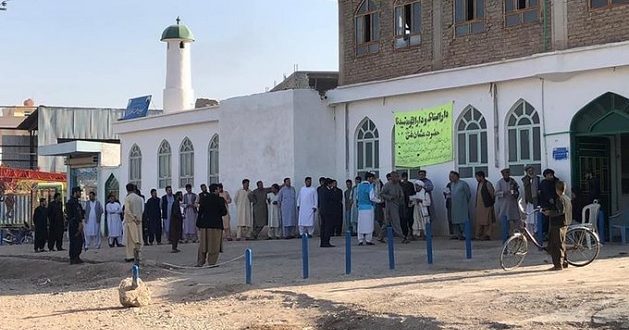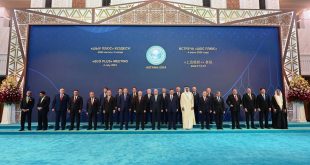The much-anticipated democratic exercise of voting finally took place on Saturday when many Afghans braved the threat of militant attacks to vote in an election which was seen as a major test of the National Unity Government’s ability to protect democracy against Taliban attempts to derail it. However, Afghanistan’s presidential election turnout, having been unofficially estimated at just over 2 million people or about only 20 percent of the registered voters, has raised serious concerns regarding its legitimacy. However, these concerns might carry no weights no law suggesting the minimum percentage of voters for the legitimacy of the election. This is while roughly 7 million people turned out to cast their votes in the last presidential election in 2014. The voter number has seemingly been dented by the Taliban threats and disenchanted voters. Meanwhile, there are heightened concerns that an unclear result would drive the war-torn country into further chaos.
Despite the low turnout, there were many security and cultural issues, as well as other factors that hampered peoples’ participation in the election and deprived them of their right to vote. For instance, election materials were sent to the wrong provinces; biometric machines broke down; there were flaws in voter lists; telephonic communication was disrupted; female voters returned homes without casting a ballot as they didn’t want their photos taken; and the absence of enough ballot papers for voters in some cases. Moreover, telecommunications and internet services remained weak in some provinces and negatively affected the media coverage of the polls. Meanwhile, according to reports, at least 32 people were killed and 123 others wounded as a result of 113 attacks across the country. On the bright side, however, these obstacles were not at an extent whereby they could sabotage the democratic exercise in its entirety.
In the wake of these issues, the crucial matter which warrants heed is properly and justly addressing the complaints reported regarding the presidential vote. The Independent Electoral Complaints Commission (IECC) has so far received over 2,270 complaints, which will probably rise as IEEC is open to receiving them until 5 pm on Monday. Currently, while people are awaiting the results – pending the tallying of votes and sorting out of complaints – the days after voting are fraught because the Taliban often attack those transporting ballot boxes from local voting centers to larger regional offices for counting. There are reports of ballot boxes being transported on donkeys due to road closures and other issues while the preliminary results are said to be announced by October 19 and final results until November 7. Because at least 13 candidates contested the Saturday’s presidential election, which is seen as a two-horse race between President Ashraf Ghani and CEO Abdullah Abdullah, it is most likely that none of the candidates would be able to win more than half of the votes, suggesting that a second round will be held between two prospective leading candidates. And that will be yet another massive ordeal for the Afghans to undertake. Given the status quo, the electoral panels should adopt caution and impartiality as the way forward in tallying and verifying votes, as well as in properly addressing people’s concerns and complaints. By doing this, they must somehow win the satisfaction of the candidates and the nation so that they accept the results and thus it would help prevent the country from plunging into a post-election crisis.
 Afghanistan Times
Afghanistan Times




